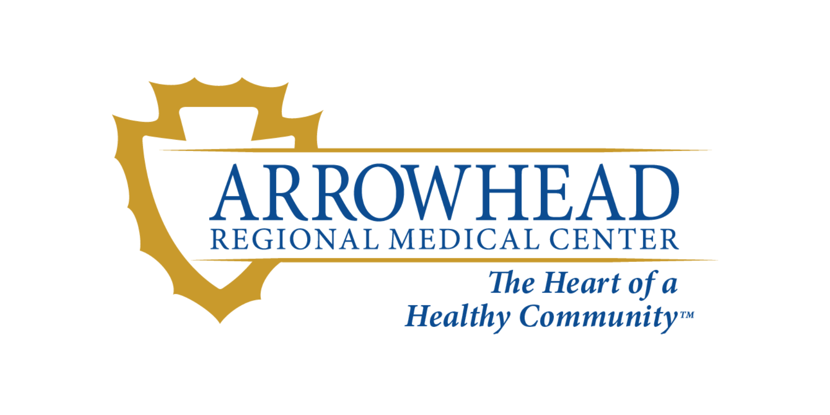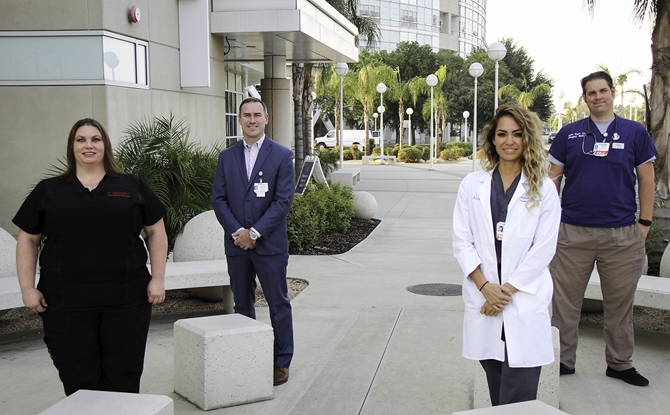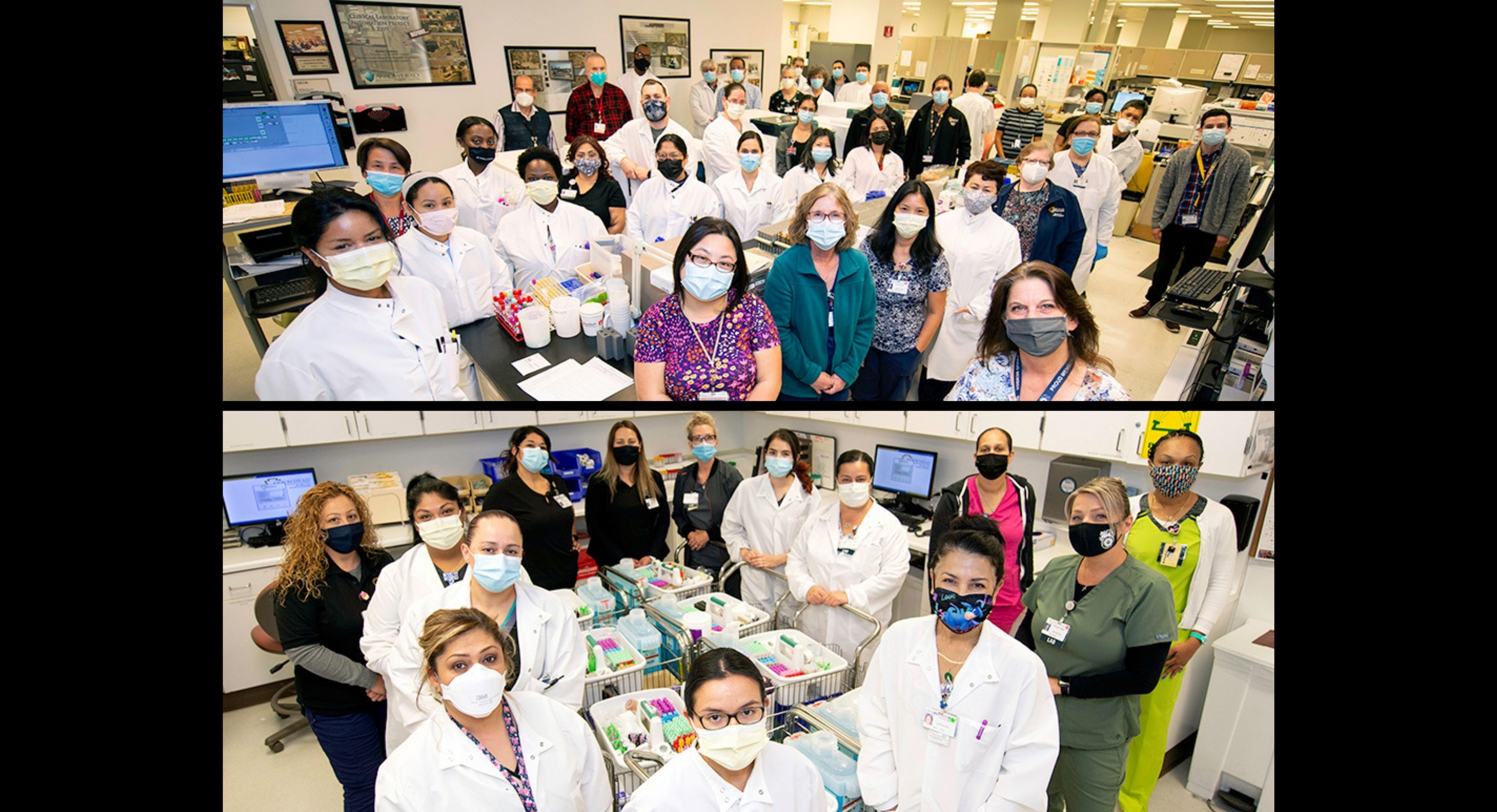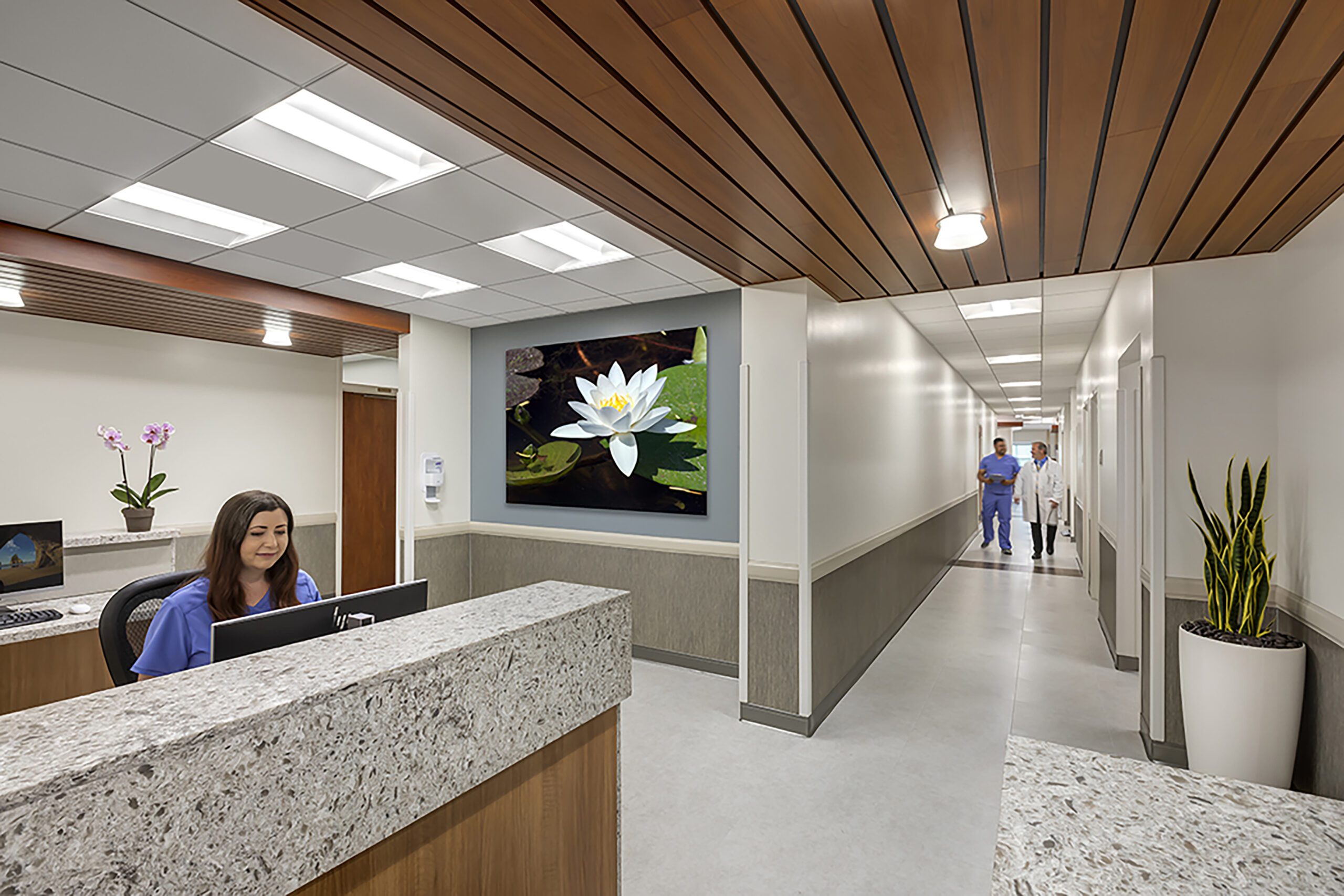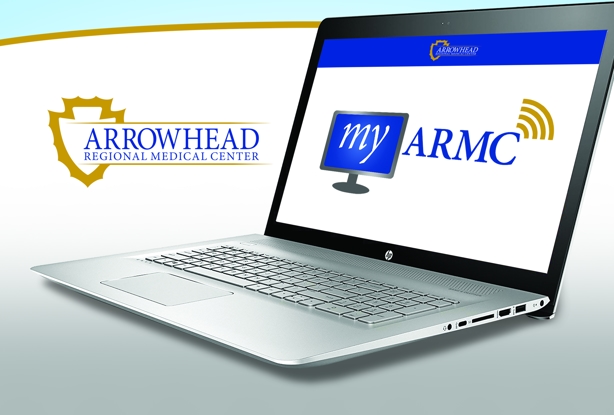Arrowhead Regional Medical Center Medical Records

A labyrinth of paperwork, evolving digital systems, and stringent legal requirements – navigating medical records at Arrowhead Regional Medical Center (ARMC) can feel like entering a complex maze. Patients, providers, and legal representatives alike often face challenges in accessing, understanding, and managing these vital documents, highlighting systemic issues that demand attention and reform.
At the heart of this issue lies a confluence of factors: an aging digital infrastructure struggling to keep pace with modern demands, a surge in patient volume straining resources, and the ever-present need to balance accessibility with stringent patient privacy regulations. This article delves into the intricacies of ARMC's medical record management, exploring the challenges faced by those seeking access, the hospital's efforts to improve the system, and the potential solutions that could streamline the process while safeguarding sensitive information.
Accessing Your Records: A Test of Patience
For many patients, the first hurdle is simply obtaining their own medical records. The process often involves navigating a bureaucratic system filled with forms, waiting periods, and potential for miscommunication.
According to ARMC's official website, patients must submit a written request to the Health Information Management (HIM) department. This request must include specific information, such as the patient's name, date of birth, medical record number (if known), and the dates of service for which records are being requested.
However, the reality on the ground often differs from the streamlined process described online. "I requested my records after a surgery last year, and it took almost six weeks to receive them," recounts Maria Rodriguez, a former ARMC patient. "I had to call multiple times to check on the status, and each time I was given a different answer."
The Role of HIPAA and Privacy
The Health Insurance Portability and Accountability Act (HIPAA) plays a significant role in shaping ARMC's medical record policies. While HIPAA aims to protect patient privacy, it also grants individuals the right to access their own health information.
ARMC must carefully balance these competing interests, ensuring that patient records are only released to authorized individuals while adhering to the legal requirements for providing access to patients themselves. This often involves verifying the identity of the requestor and ensuring that the request complies with all applicable regulations.
The complexities of HIPAA compliance can contribute to delays in processing requests. However, advocates argue that while privacy is paramount, the current system often places unnecessary burdens on patients seeking their own information.
The Digital Divide: An Aging Infrastructure
ARMC, like many hospitals, has transitioned to electronic health records (EHRs). However, the transition hasn't been seamless, and the hospital's aging digital infrastructure presents ongoing challenges.
While EHRs offer numerous advantages, such as improved accuracy and accessibility, they can also create new obstacles. Data migration from older systems, software glitches, and compatibility issues can hinder the retrieval and sharing of information.
Internal reports suggest that ARMC is currently upgrading its EHR system, but the transition is expected to take several years to complete. In the meantime, staff members are forced to navigate a patchwork of systems, which can lead to delays and errors.
Impact on Healthcare Providers
The challenges in accessing medical records not only affect patients but also impact healthcare providers. Doctors and nurses need timely access to patient information to make informed decisions about treatment and care.
"Sometimes, it takes a long time to find the information I need, especially when dealing with older records," says Dr. Emily Carter, a physician at ARMC. "This can be frustrating, especially in emergency situations where time is of the essence."
Furthermore, the fragmented nature of the current system can make it difficult to get a complete picture of a patient's medical history. This can increase the risk of errors and potentially compromise patient safety.
Efforts for Improvement and Future Directions
ARMC acknowledges the challenges in its medical record management system and is actively working to improve the process. The hospital has implemented several initiatives aimed at streamlining access and enhancing efficiency.
These include: online portals where patients can request and view their records, improved staff training on HIPAA compliance, and ongoing upgrades to the EHR system. ARMC spokesperson, Robert Jones, stated, "We are committed to providing our patients and providers with seamless access to medical records. We are actively investing in technology and training to achieve this goal."
The hospital is also exploring the possibility of implementing blockchain technology to enhance the security and transparency of its medical record system. Blockchain could provide a secure and decentralized way to store and share patient information, potentially reducing the risk of data breaches and improving interoperability with other healthcare providers.
Seeking External Solutions
Beyond internal efforts, ARMC is also collaborating with external organizations to improve its medical record management. This includes partnerships with health information exchanges (HIEs) to facilitate the secure sharing of patient data across different healthcare systems.
HIEs allow providers to access patient information regardless of where the patient received care, which can lead to better-coordinated and more efficient treatment. However, participation in HIEs requires significant investment in technology and infrastructure, and there are ongoing challenges related to data standardization and security.
Furthermore, ARMC is exploring the use of artificial intelligence (AI) to automate some of the more mundane tasks associated with medical record management. AI could be used to identify and extract relevant information from records, freeing up staff to focus on more complex tasks.
Moving Forward: A Call for Transparency and Collaboration
Improving medical record management at ARMC requires a collaborative effort involving patients, providers, and hospital administrators. Open communication and transparency are essential to building trust and ensuring that the system meets the needs of all stakeholders.
Patients should be empowered to advocate for their right to access their own medical information, and providers should be given the tools and training they need to navigate the system efficiently. Hospital administrators must prioritize investment in technology and infrastructure to ensure that the system is secure, reliable, and user-friendly.
Ultimately, the goal is to create a medical record management system that is both efficient and patient-centered. By embracing innovation and fostering collaboration, ARMC can overcome the challenges it faces and provide its patients and providers with the access to information they need to deliver the best possible care.
